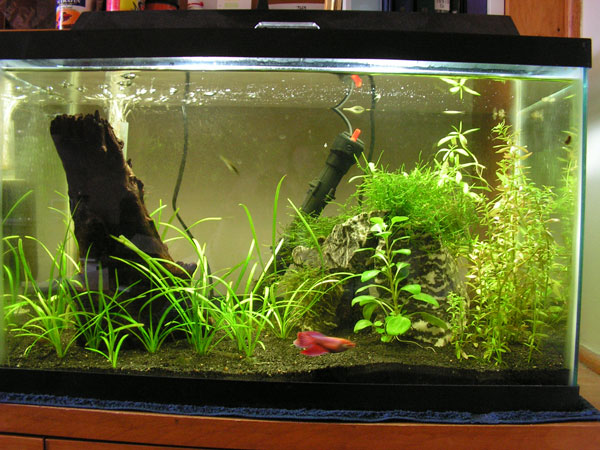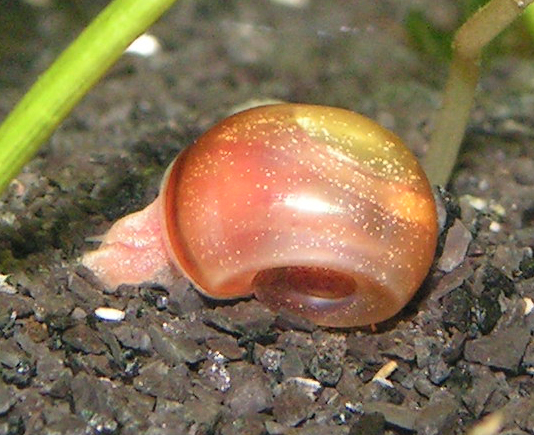I am doing a new 20 gallon tank, which will be planted and using 24" T-5 lighting, either 2 or 4 bulbs @ 24W for a total of 48-96W of lighting, so I hope to do a pretty nice high light tank.
As far as the substrate goes I would like to do a black sand, but have a few questions before pulling the trigger, will I have problems with the sand getting sucked up into the fluval 105 filter I have for it? Or is there ways around this? Its going to be a peaceful tank with tertras/rasboras so I do not expect the fish to kick it up too much.
Regarding the black sand choice I am having a hard time deciding between the black tahiti moon sand, or the fluorite black sand, I am leaning towards the fluorite as its for planted tanks, but have also heard some bad, can someone chime in with some experience?
Thanks!
As far as the substrate goes I would like to do a black sand, but have a few questions before pulling the trigger, will I have problems with the sand getting sucked up into the fluval 105 filter I have for it? Or is there ways around this? Its going to be a peaceful tank with tertras/rasboras so I do not expect the fish to kick it up too much.
Regarding the black sand choice I am having a hard time deciding between the black tahiti moon sand, or the fluorite black sand, I am leaning towards the fluorite as its for planted tanks, but have also heard some bad, can someone chime in with some experience?
Thanks!


